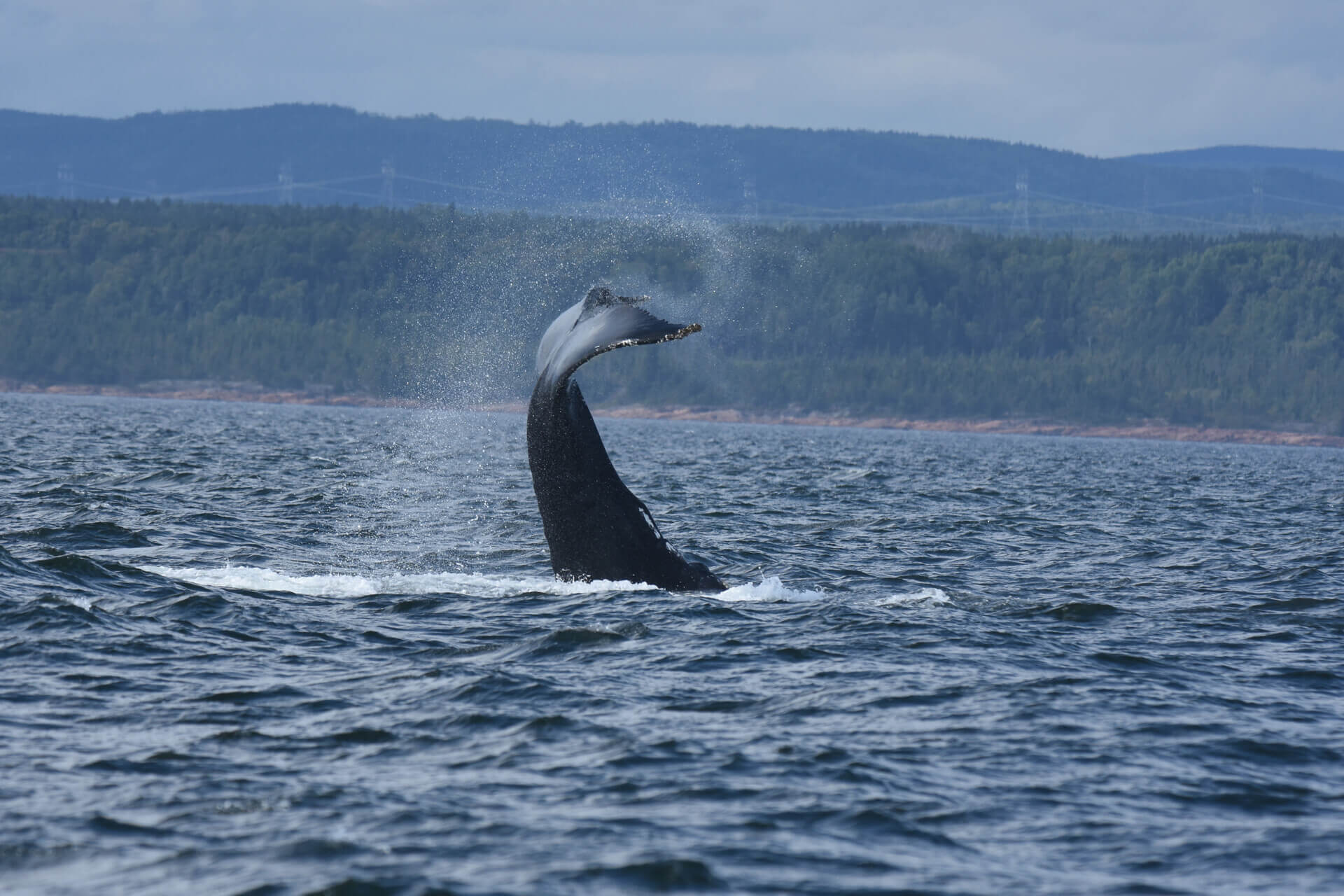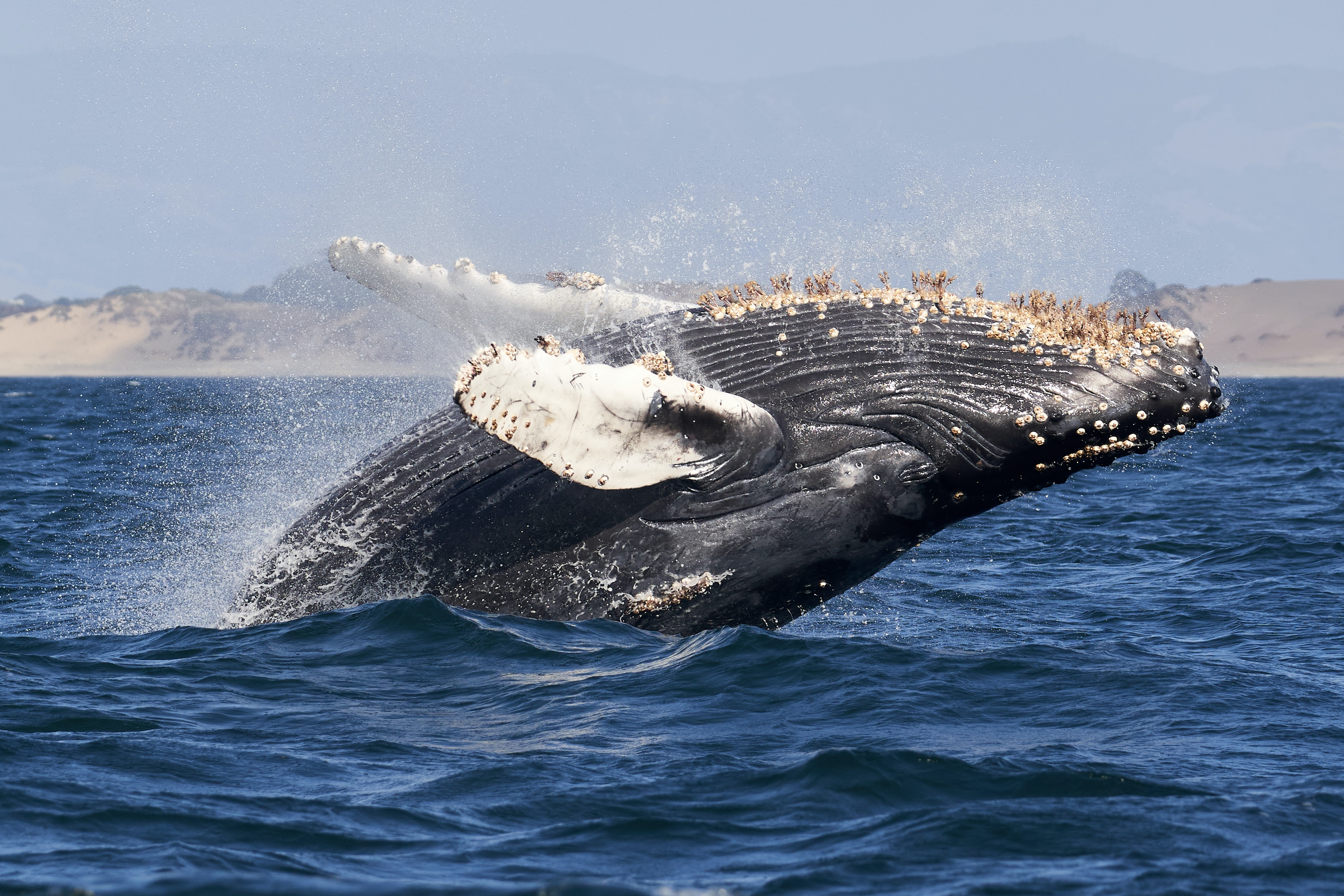This is a very difficult question to answer! The “best time” to see cetaceans in the Estuary and Gulf of St. Lawrence can vary greatly from one year to another. You never know what you’ll see when on board a cruise or when scanning from shore; the St. Lawrence is a changing environment, and it is difficult to predict which species will be encountered when one sets out for an adventure on its waters. We are at the mercy of nature and the comings and goings of these unpredictable animals. This is what differentiates an encounter in a natural environment from a visit to the zoo!
First, it is important to understand that the overwhelming majority of whale species that patronize the St. Lawrence are migratory, which means that they can be observed in our waters roughly from May to November. Generally speaking, cruises begin in late May and usually end in late October or early November at the latest. Therefore, opportunities for observing marine mammals in the region in winter are rather limited.
Generally, the diversity of whale species that can be observed increases as we get into June and July. You’ll probably have the chance to see the minke whale, the fin whale and the humpback. Will you encounter belugas? Harbour porpoises? The mighty blue whale? Will you be there when a sperm whale or a group of white-sided dolphins appears out of nowhere? Perhaps you will spot a few seals or seabirds. An excursion on the St. Lawrence is always unique and full of surprises! The months of August, September and October are generally good months. The strong autumn winds have not yet begun and fog is rare in summer.

Some people wonder whether temperature, wind and sun conditions have an influence on whale behaviour; the answer is no, since they must surface to breathe regardless of the conditions. However, these same conditions can have a great influence on our ability to spot them! Keep a sharp ear out during foggy weather, as sound is amplified; in fact, these mastodons can often be sighted this way thanks to their powerful spouts. It is raining? Bundle up and stay positive: during gloomy weather, it is often possible to observe surface feeding, which is always exciting. Certain conditions such as the tide, the arrival of a large school of prey or other factors might also influence whale behaviour.
To stay in the loop of what’s happening in the world of St. Lawrence whales, check out the Observations of the Week, and, to ensure you’ll be fully prepared for your next outing, read our Whale-Watching Tips.





